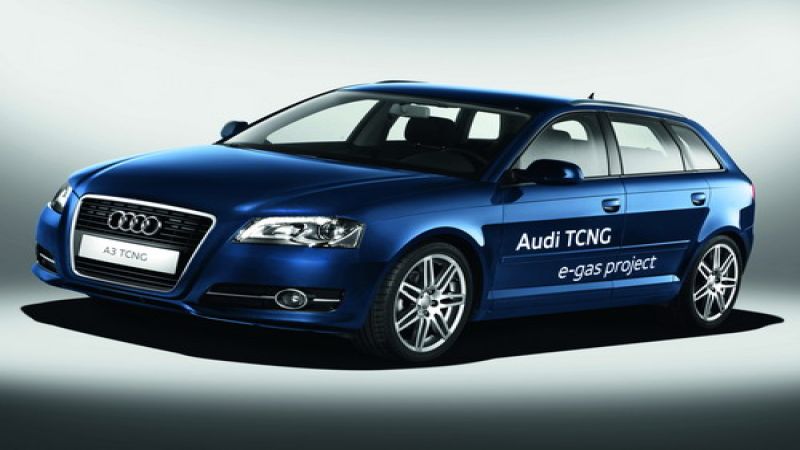Under the formula 'Audi balanced mobility', the Ingolstadt-based constructor is ushering on the path to achieve the 21st century goal in the automotive segment: offering a CO2 emission-free mobility. The aim of the Audi e-gas project is finding the sustainable sources of energy, developing and implementing the needed technologies on the mass-produced in order to obtain the desired 'clean' ride and functioning.
The brand of the four rings is fully involved in the construction of offshore wind turbines in the North Sea. The energy obtained there will be chanelled towards the public power grid and will also be used by Audi to develop its future range of e-tron vehicles. We can easily admit the German carmaker is making the first steps to produce its own green power. Some of the wind-generated alternative energy will be used to manufacture hydrogen through the process of hydrolisis. Further on, methane, known at Audi as e-gas, can also be produced with the advantage that, even though carbon dioxide is necessary to complete the chemical reaction, the methanation is a closed CO2 cycle and no gas is discharged into the atmosphere. Thus, there will be fuel to power the forthcoming TCNG (Turbocharged Compressed Natural Gas) units that are currently developed by Audi.
Another step of the project is the birth of an all new e-gas plant in Germany. Work on the construction site will begin in July this year in Werlte. With a production capacity of 1,000 tons of methane per year, the e-gas plant will comprise two major components: an electrolyzer and a methanation unit. As long as there's water, CO2 and an electric source, the three basic ingredients, there will also be methane. Moreover, the factory can also produce hydrogen in the same process, the foundation of building fuel cell models such as the Audi Q5 HFC.
Production of sustainable forms of energy is nothing without storage of those. As a consequence, Audi looks for the best opportunities to save the green gas it will produce at the Wertle facility in the gas network. And efforts will be made in that direction so as to provide a strong infrastructure for renewable energy that could be used to constantly develop the most reliable alternative powering solutions.











